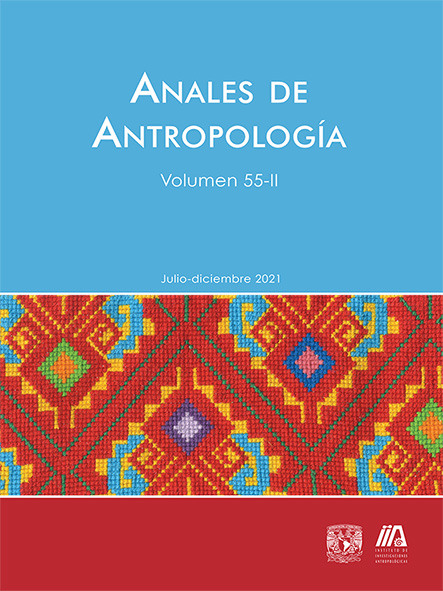Site formation processes, subsistence, and cultivated landscapes of the Aztec period in the light of plant macroremains from Calixtlahuaca (Toluca Valley)
Main Article Content
Abstract
Archaeobotanical data have so far contributed little to reconstructions of Aztec subsistence and cultivated landscapes. In this article we analyze an assemblage of charred plant macroremains from the Postclassic capital of the Toluca Valley. We consider the formation processes specific to the site and in particular the different pathways that led to the charring of plant tissue and thus its preservation. The burning of wattle-and-daub houses was singularly important and in two cases the fire charred substantial amounts of stored food. We attempt to characterize the subsistence of the inhabitants of the site and the landscape of the terraced slopes where they built their houses and farmed their fields. We attribute an esssential role to the so-called pseudo-cereals, including chia and a species of chenopod possibly cultivated for its grain.
Downloads
Article Details
Citas en Dimensions Service
Esta revista usa una licencia CC del tipo CC BY-NC-ND 3.0. Se maneja bajo el esquema de acceso abierto, con una licencia Creative Commons Attribution-NonCommercial-NoDerivs 3.0 Unported.
